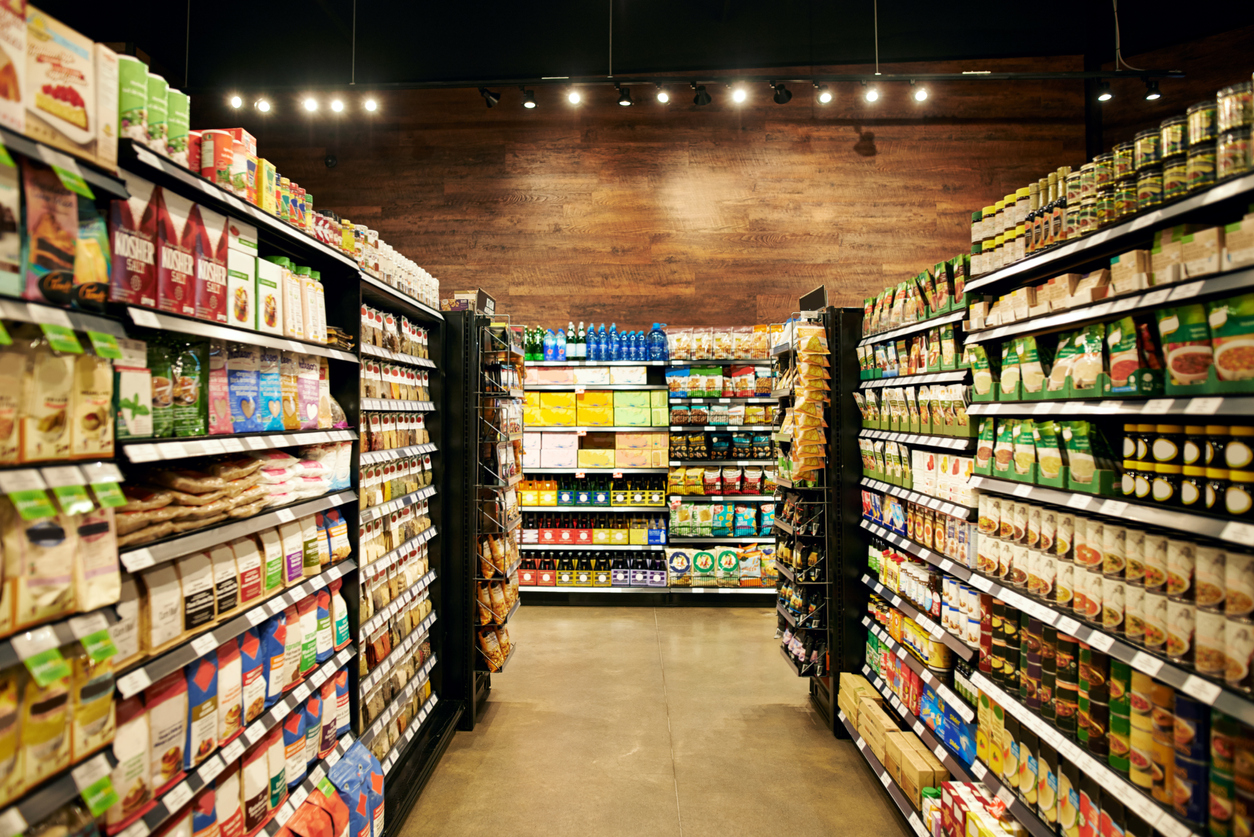
India’s manufacturing PMI slumps to 52.3 in August on COVID, rising costs

A monthly survey has said that India’s manufacturing sector activities moderated in August as business orders and production witnessed a spike at softer rates due to the pandemic and rising input costs.
According to the survey, seasonally adjusted IHS Markit India Manufacturing Purchasing Managers Index (PMI) stood at 52.3 in August, down from 55.3 in July. This indicated a softer rate of growth that was subdued and below its long-run average.
Also read: GDP grows at 20.1% April-June on low base; construction sector up 68.3%
The PMI data released in August had suggested an improvement in overall operating conditions for the second straight month. In PMI parlance, a print above 50 means expansion while a score below 50 denotes contraction.
“August saw a continuation of the Indian manufacturing sector recovery, but growth lost momentum as demand showed some signs of weakness due to the pandemic. Yet, factory orders and output rose across the consumer, intermediate and investment goods categories,” Pollyanna De Lima, economics associate director at IHS Markit said.
A softer upturn in sales led companies to pause their hiring efforts, with business confidence dampened by concerns surrounding the damaging impact of COVID-19 on demand and firms finances, the survey said.
“Uncertainty regarding growth prospects, spare capacity and efforts to keep a lid on expenses led to a hiring freeze in August, following the first upturn in employment for 16 months in July,” Lima said.
The data in August also gave proof of back-to-back increases in new export orders, but here too growth lost momentum. The pace of expansion was only marginal.
Indian manufacturers signalled another monthly rise in cost burdens, thereby taking the current stretch of inflation to 13 months. The rate of increase softened, but remained elevated by historical standards. Cost pressures were linked by survey members to raw material scarcity and transportation problems.
Also read: Centre’s hallmarking rules unilateral, may bleed small jewellers dry
“Charges levied by manufacturers rose as some firms shared part of their additional cost burdens with clients, although to a lesser degree than selling prices. Input prices increased sharply, due to strong competition for scarce raw materials and transportation issues,” Lima said.
Lima added that “the 12-month outlook for production remained positive, though confidence faded amid worries concerning the lasting scars of the pandemic and the adverse impact of rising costs on companies finances parallel to a lack of pricing power.”
On the macroeconomic front, the Indian economy grew by a record 20.1 per cent in the April-June quarter, helped by a very weak base of last year and a sharp rebound in the manufacturing and services sectors in spite of a devastating second wave of COVID-19.
On Tuesday, Reserve Bank of India Governor Shaktikanta Das said that the RBI will conduct fine-tuning operations to manage unanticipated and one-off liquidity flows to ensure balanced liquidity conditions in the system.
(With inputs from Agencies)


